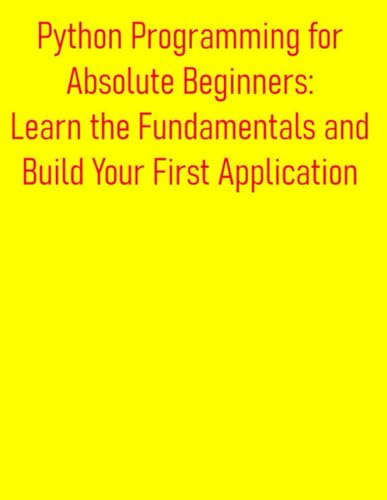What You Will Learn in This Book
This book will equip you with the essential skills and knowledge to confidently handle file and directory operations in Python. By the end, you'll be able to:
- Master fundamental file interactions: Confidently open, read, and write data to various text and binary file types using Python's built-in capabilities, understanding different file modes and encodings.
- Efficiently manage your filesystem: Perform robust file and directory operations, including creating, deleting, renaming, moving, and listing contents, using both the os and shutil modules.
- Process common data formats: Read and write structured data in widely used formats like CSV, JSON, and XML using specialized Python modules, simplifying complex data handling.
- Optimize I/O performance: Grasp concepts of buffering and memory mapping (mmap) to significantly improve the speed and efficiency of your file operations, especially with large datasets.
- Serialize Python objects: Convert complex Python objects into storable byte streams using the pickle module and understand when to use it versus JSON, including critical security considerations.
- Work with temporary files and in-memory streams: Utilize Python's tempfile module for secure temporary storage and leverage io.StringIO and io.BytesIO for efficient in-memory data manipulation without touching the disk.
- Implement robust error handling: Effectively anticipate and manage common file I/O errors and exceptions, ensuring your applications are resilient and gracefully handle unexpected issues.
- Adopt Pythonic best practices: Write clean, maintainable, and secure file I/O code by consistently using with statements (context managers) and adhering to cross-platform compatibility guidelines.
- Embrace the modern pathlib module: Transition from string-based path manipulation to the object-oriented pathlib module for cleaner, more intuitive, and highly efficient filesystem interactions.
- Perform advanced filesystem tasks: Work with file metadata, understand and create symbolic/hard links, and get an introduction to archiving, compression, and monitoring filesystem changes.
- Understand asynchronous I/O (briefly): Get an introduction to non-blocking I/O concepts with asyncio and aiofiles for high-performance applications.
- Interact with network streams (briefly): Learn the basics of socket programming, standard I/O streams, and fetching web data, understanding their conceptual links to file I/O.
